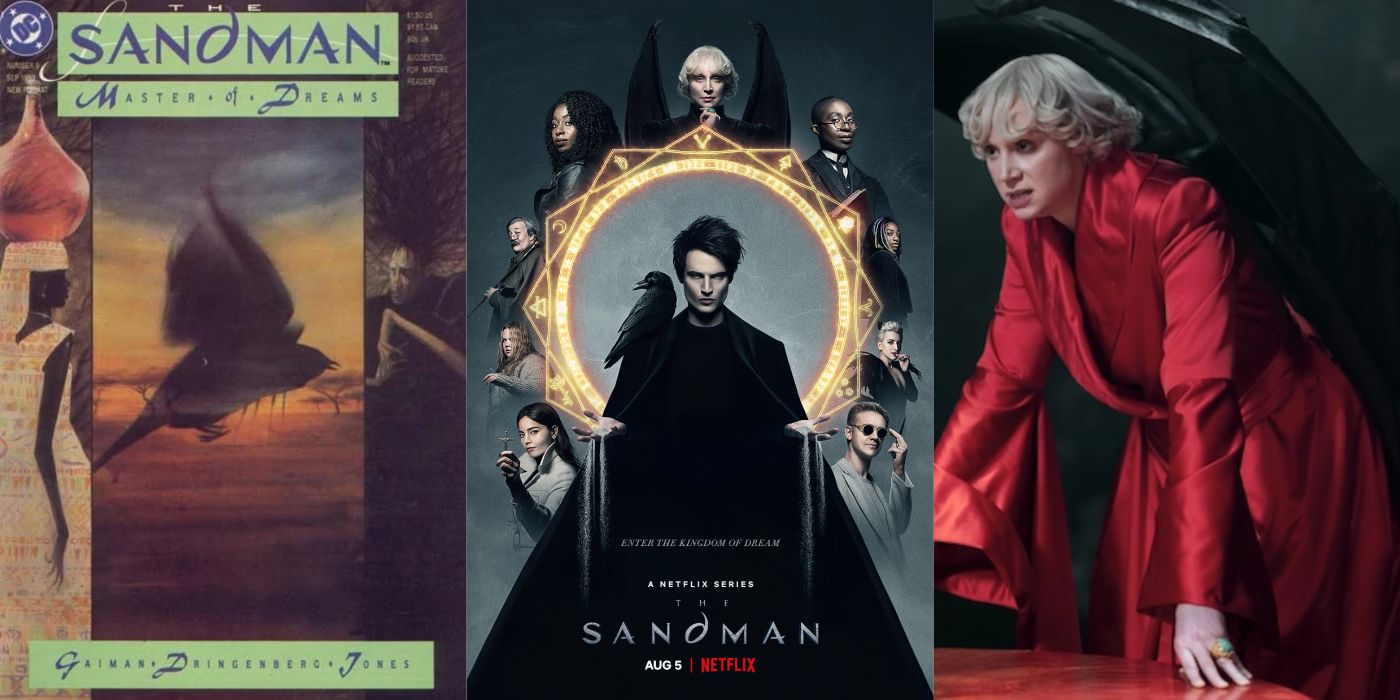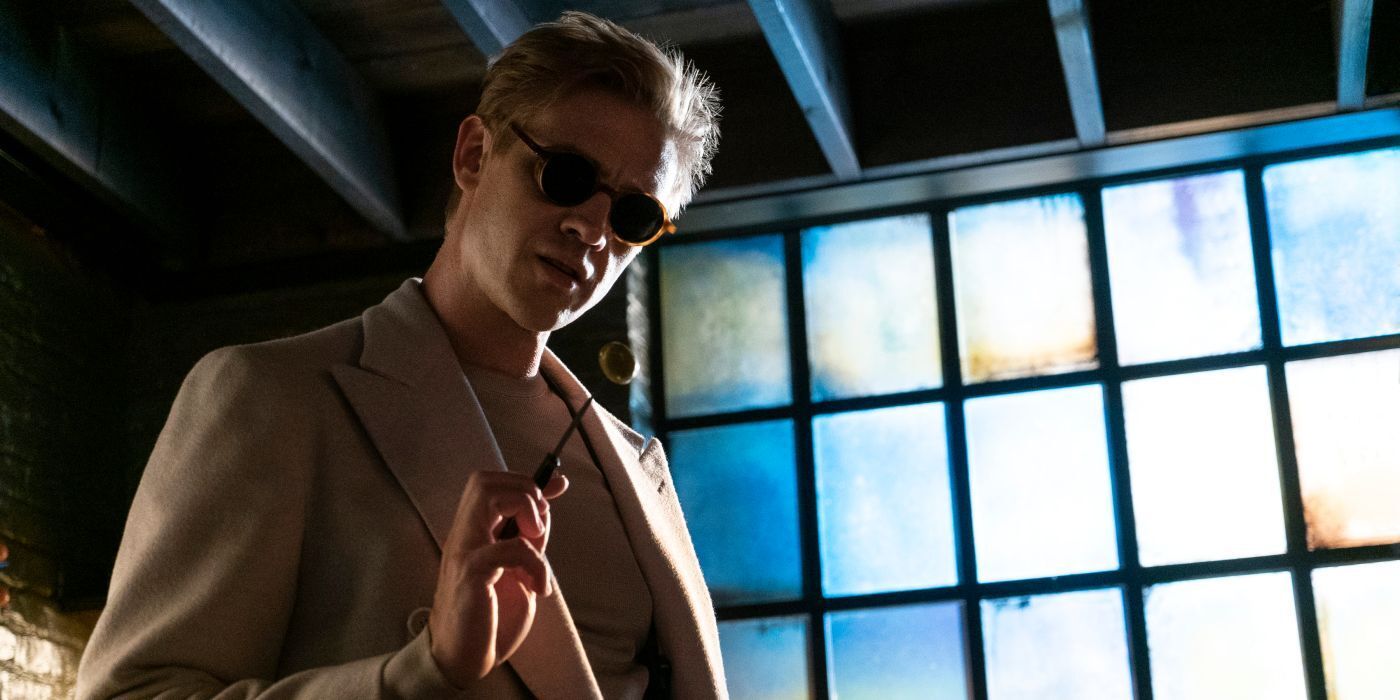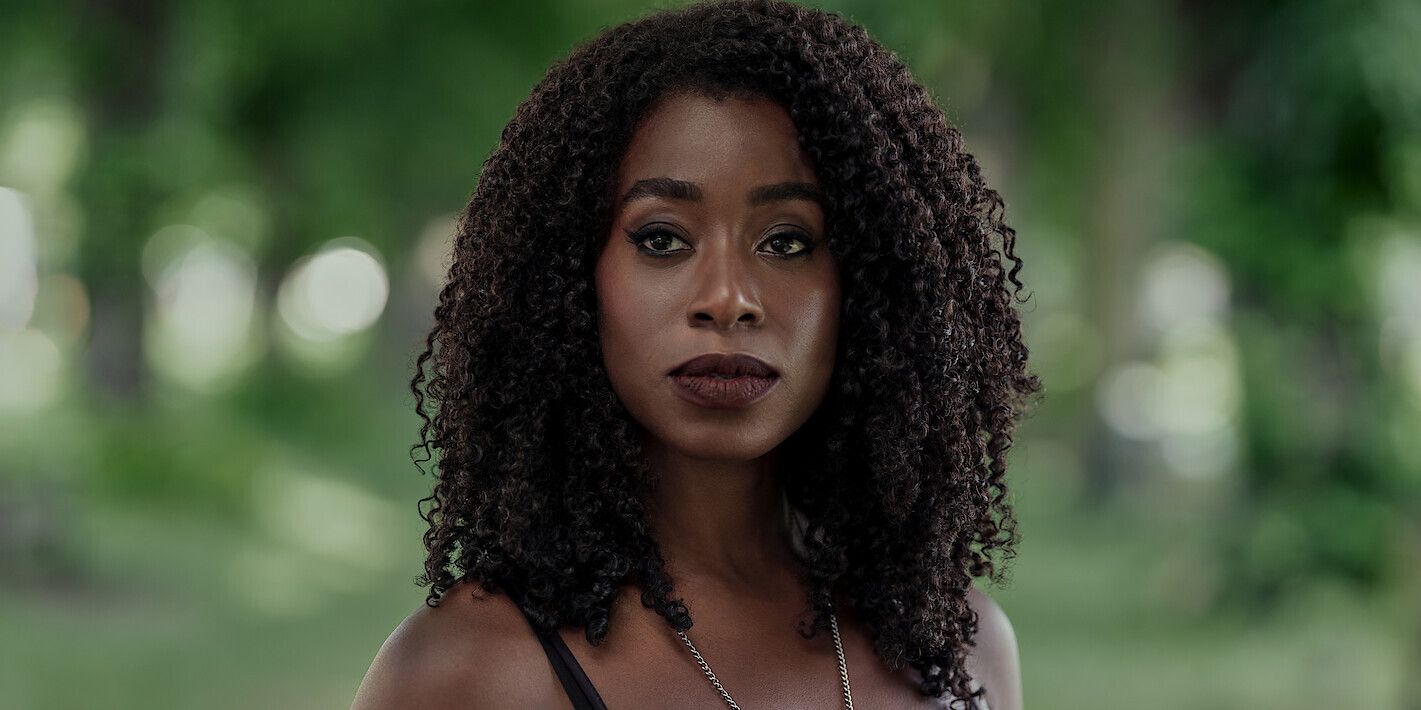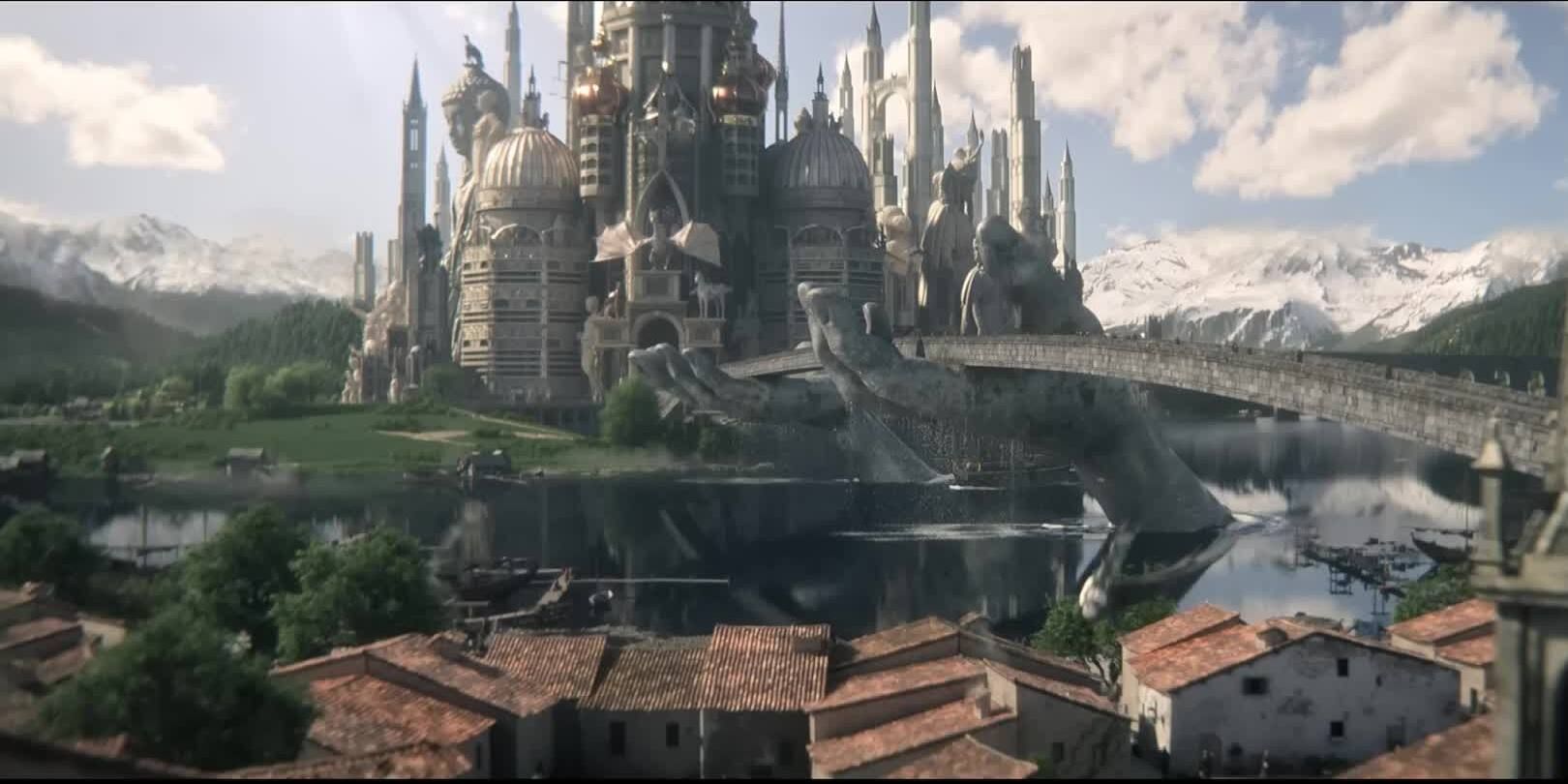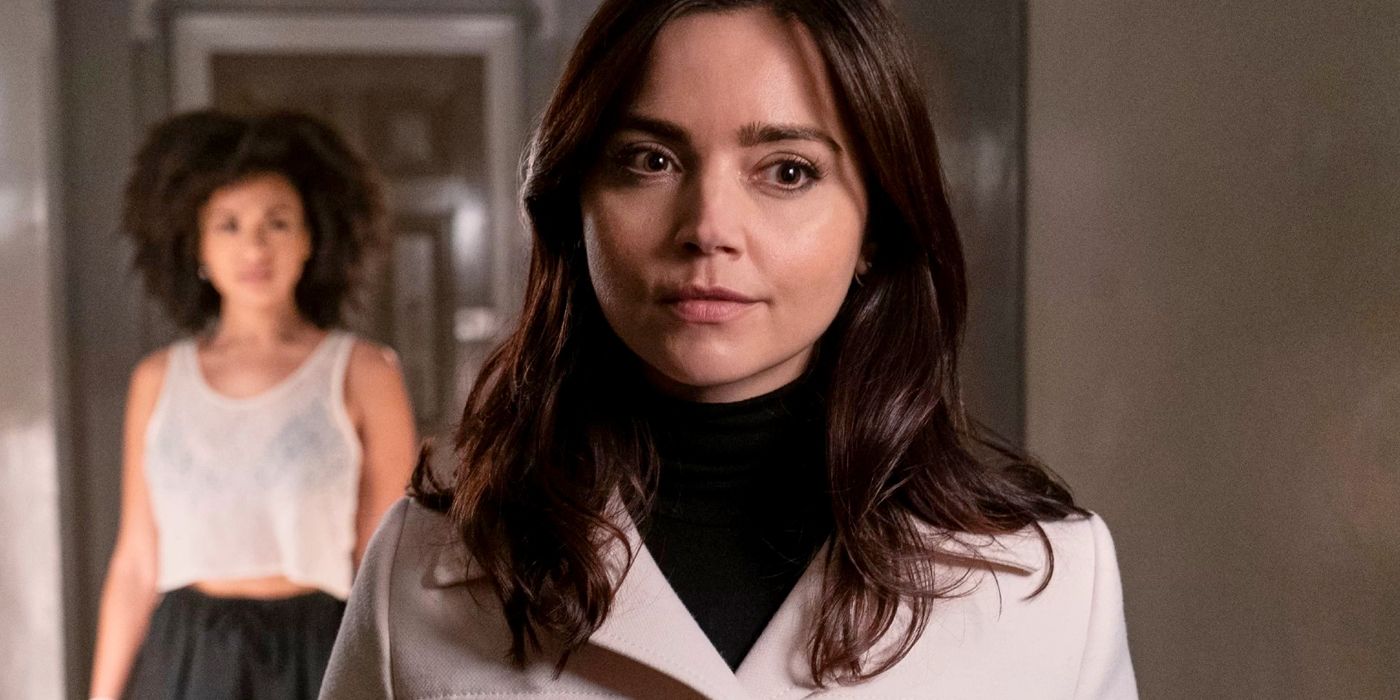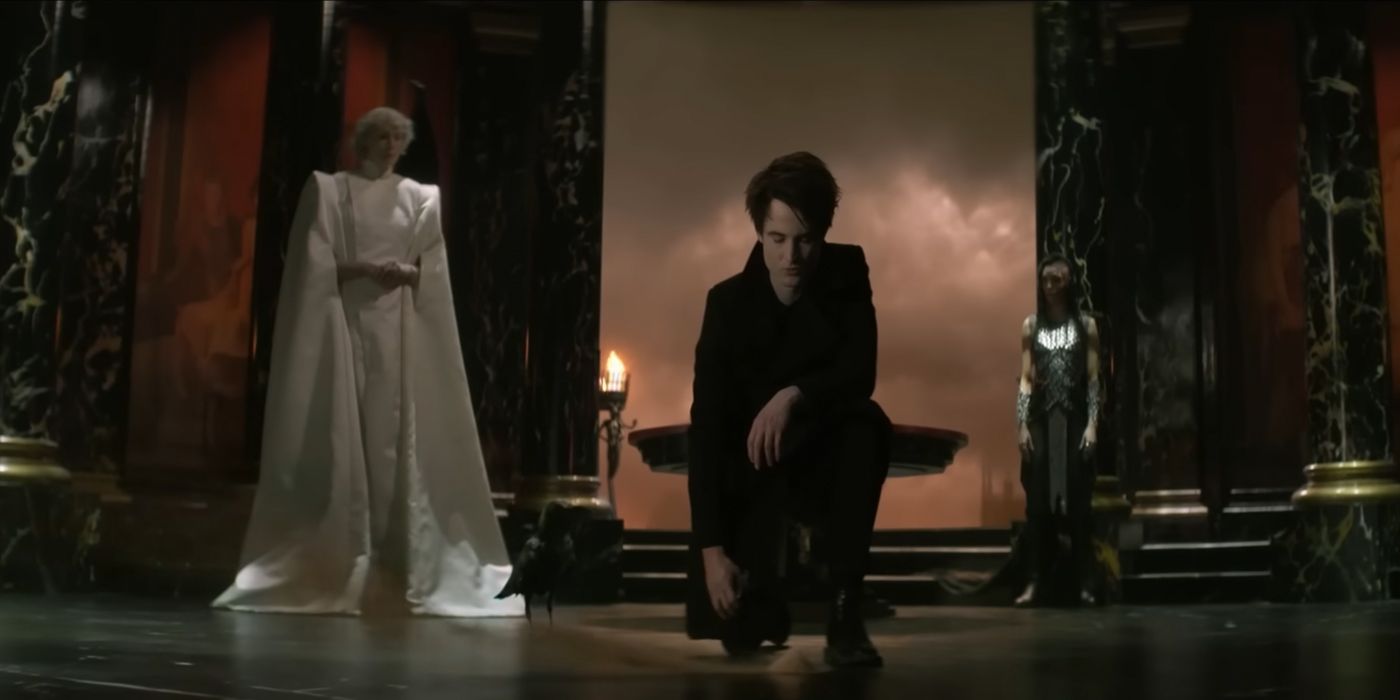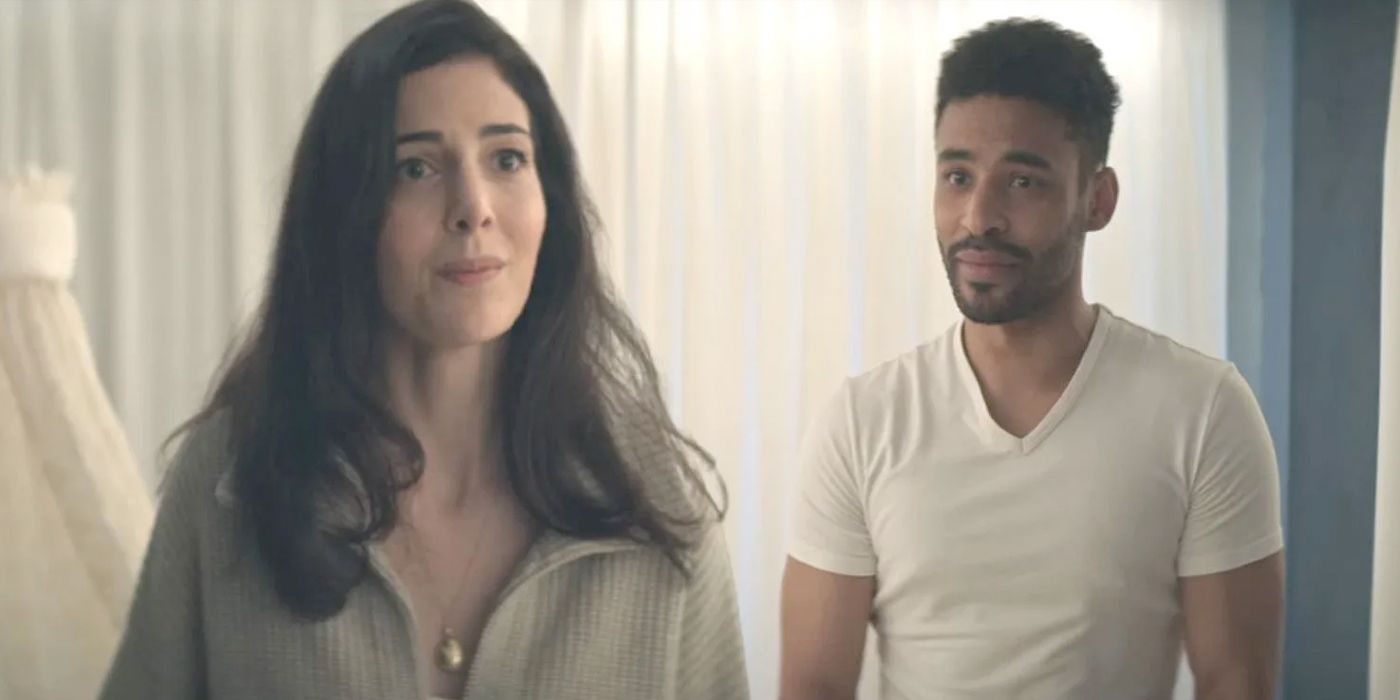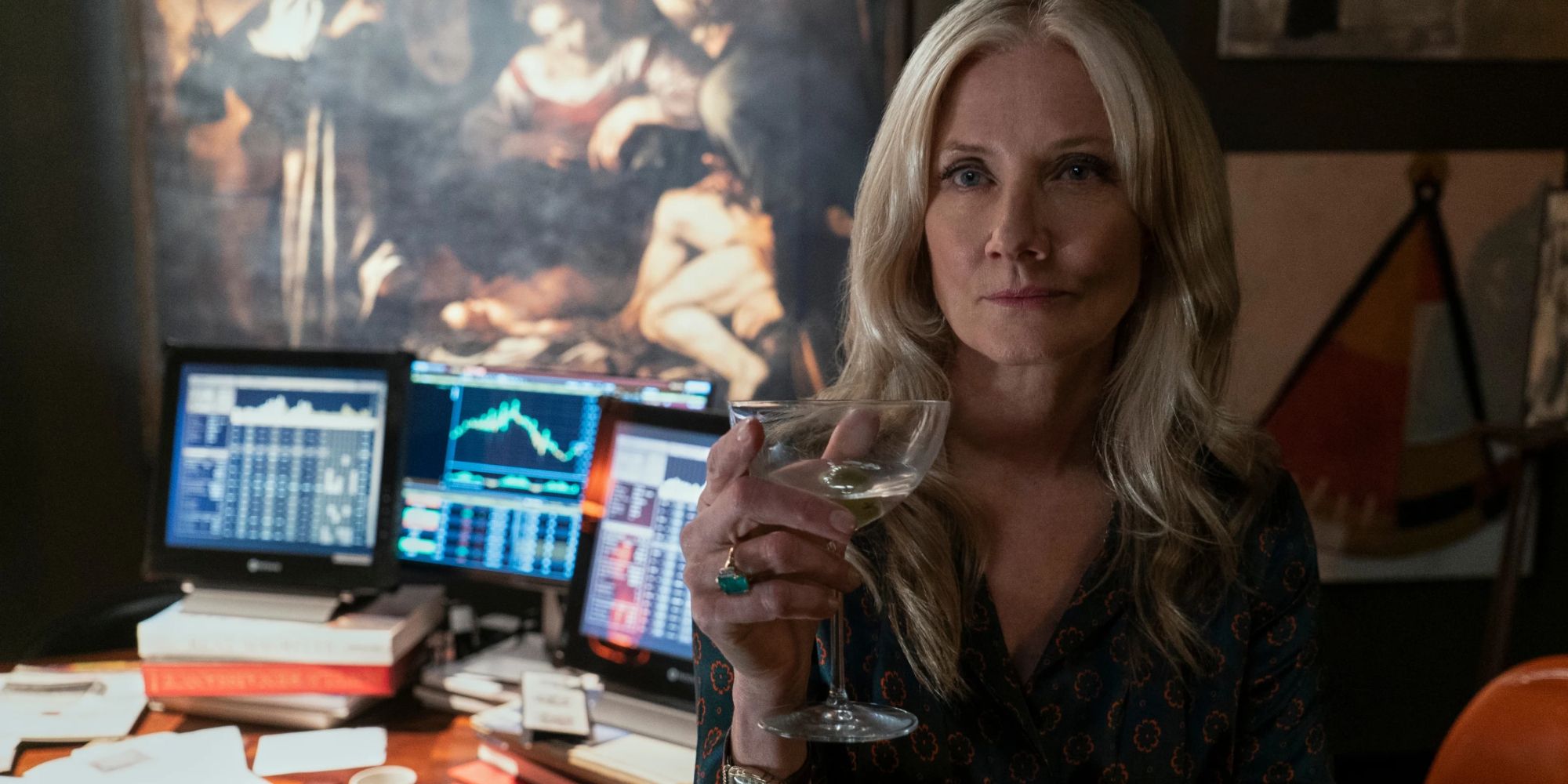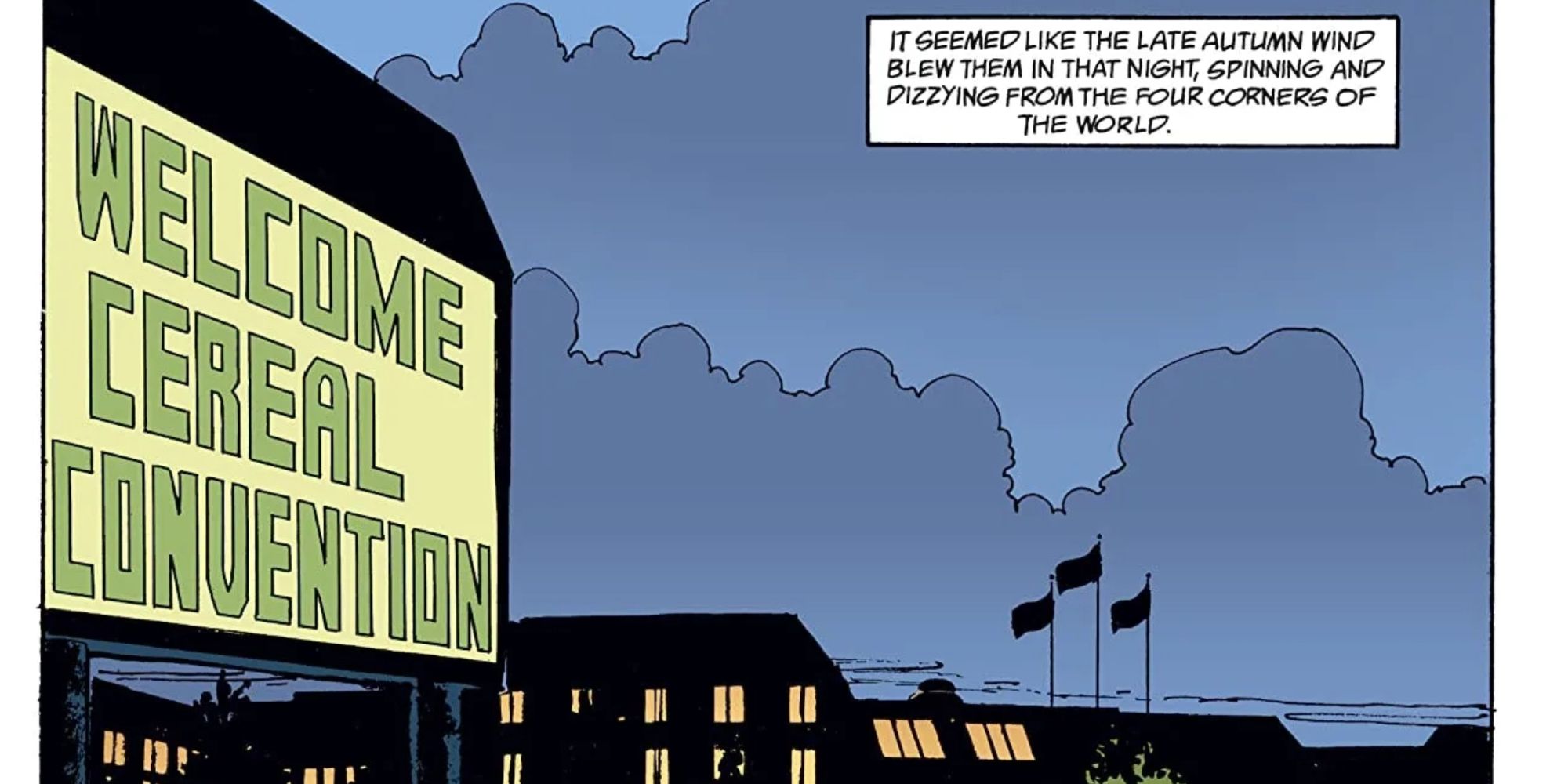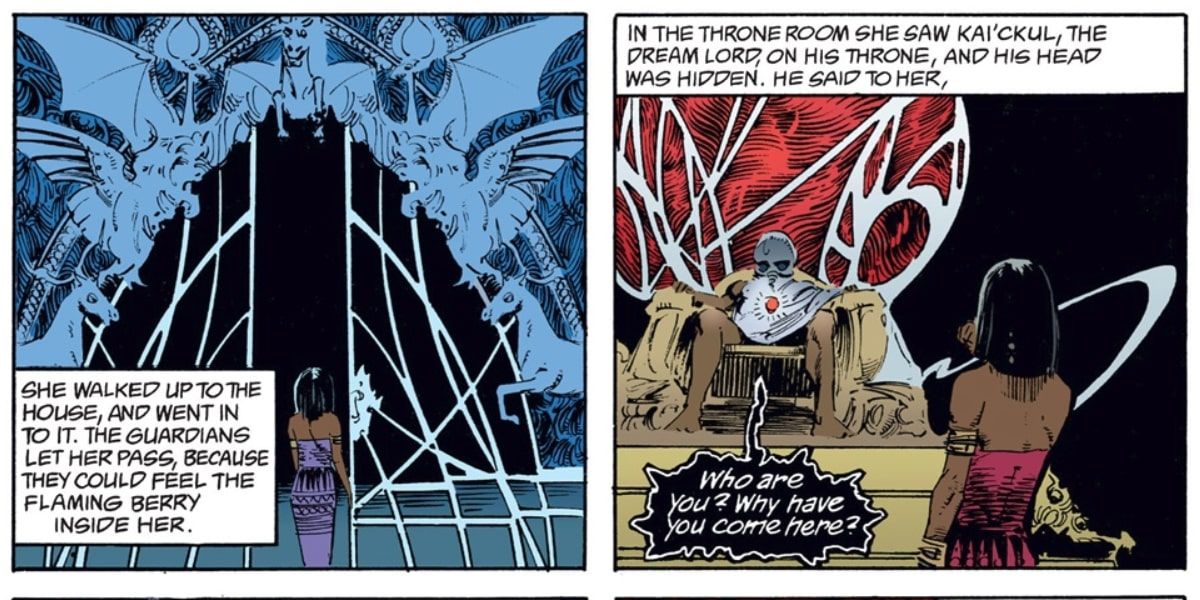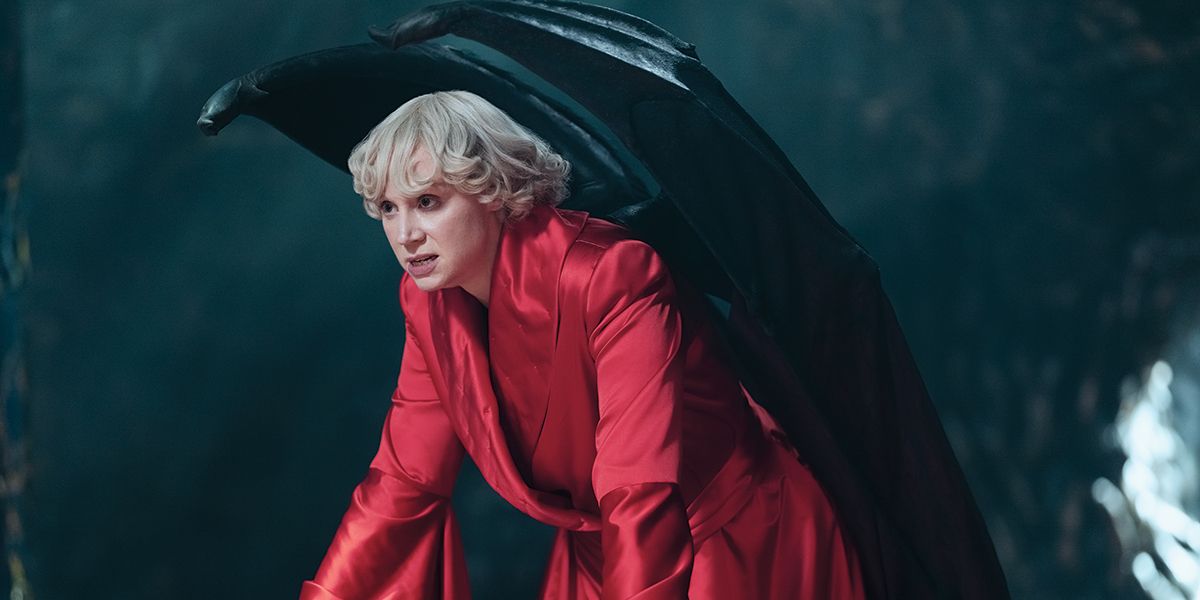For over thirty years, readers have been discovering and loving Neil Gaiman's tale of His Darkness Dream of the Endless in the classic Sandman graphic novels. It's often used as a gateway comic for fans who have never read comics before, and it never fails to hook them. With the newly-released Netflix adaptation, more people than ever are going to pick up The Sandman comics.
However, new readers will find a lot of differences between the comics and the new TV series. Comic book adaptations have a habit of changing the source material in minor and sometimes major ways. The Sandman comic and the show have some rather large differences that subtly change the narrative in many ways.
10 The Corinthian Is Involved From The Beginning In The Show
The Corinthian was first introduced in The Doll's House. The escaped nightmare is a small but important part of that story. The show gives him more of an arc from the first episode. The first time viewers see Morpheus, he's about to send the Corinthian back to the Dreaming when he's pulled away by Roderick Burgess.
Readers picking up the first volume of The Sandman, Preludes and Nocturnes expecting to see the Corinthian will be disappointed. The Sandman: Overture prequel tells readers what was going on before Morpheus got captured, but even that scenario plays out differently in the show.
9 Multiple Characters Were Cast Regardless Of Gender Or Race
The Sandman was the most progressive comic of its generation, but it was still very white. Most of the characters were Caucasian and all the Endless but Destruction were literally white. Many characters were also male and straight, another signature of the time. The Netflix show changed this.
Several characters who were white in the comics no longer are, with prominent examples being Lucienne and Rose Walker. There are more overtly queer characters and Lucifer & Lucienne are both played by women. Gaiman always strived to ensure that the Sandman comic looked like the world he lived in, so these changes are a welcome extension of that.
8 The Dreaming Never Changes Like In The Comics
The Endless are all very powerful, with their realms being an extension of themselves and their functions. This partly explains why the Dreaming becomes a blasted landscape during Dream's captivity. He subconsciously changes the Dreaming, and it follows his whims.
One of the most interesting aspects of the Dreaming in the comics is that it is always different whenever readers go there. Dreams are malleable things, changing every time they're observed. Dream's castle design always changes in the comics, like a repeating dream with slight alterations each night, but its appearance never changes throughout the TV series.
7 Johanna Constantine Is Very Different From John Constantine
Jenna Coleman's Johanna Constantine is a highlight of the show, but she's also quite different from John Constantine. John is scummy yet lovable. There's a sense that he's always grifting, even when he's helping others.
Coleman's performance conveys these differences to the audience, distinguishing her character from the comic book version. While the comic relies on prior knowledge of Constantine, the show establishes Johanna's character in one episode. Thanks to her portrayal, Coleman's Constantine is, in many ways, more interesting than her comic book counterpart.
6 The Duel In Hell Is Quite Different In The Comic
"A Hope in Hell" is one of the standout episodes of The Sandman. Gwendolyn Christie is brilliant as Lucifer and steals every scene she's in. The episode adapts The Sandman #4, by Neil Gaiman, Sam Keith, Mike Dringenberg, Robbie Busch, and Todd Klein, but it makes a lot of very big changes to the story. The biggest change is the duel over Dream's helmet.
In the comic, it takes place in a nightclub setting between Dream and Choronzon. While seeing more of Christie is a plus, the change overtly sets up the conflict between Dream and Lucifer. Viewers who read the comic are going to be surprised by this change.
5 Netflix Almost Completely Removes The Larger DC Universe
The Sandman comic series evolved over its run, especially when it became a Vertigo book. However, the book was always set in the post-Crisis DC Universe. Dream's disappearance causes the sleepy sickness, which spurs Wesley Dodd to become the first Golden Age Sandman.
In the comics, Etrigan the Demon takes Morpheus through Hell and John Dee is Doctor Destiny, a Justice League villain locked in Arkham. Hector and Lyta Hall were once Silver Scarab and the Fury, members of Infinity Inc. Hector acts as the Sandman in Jeb's dreams, which coincidentally is the one place where DC stuff is referenced in the show.
4 Ethel Cripps Has A Lot More To Do In The Show
Ethel Cripps's role in The Sandman TV series is different from her role in the comics. Anyone who reads The Sandman first will see a much more prominent Ethel from the beginning. Ethel is more of a background character in The Sandman comics, running off with Mr. Sykes instead of on her own, not seen again until she visits John at Arkham.
The series explores her character in greater detail. Ethel has ties to other prominent characters like Roderick Burgess and John Dee. She plays a larger role in Dream's destiny and her decisions have consequences, such as bargaining with a demon to receive a powerful amulet.
3 The Show Leeches Horror From The Scariest Parts Of The Comics
The Sandman is a brilliantly written horror comic. "24 Hours" and "Collectors," two of the scariest comic book story arcs, were adapted in the first season of the show. The comic would morph beyond horror later in its run, but these issues are still remembered by fans as the stories that established the book's horror bona fides.
However, "24/7" and "Collectors," the two episodes that adapt those comics, aren't scary at all. "24/7" focuses more on the story's sexual elements instead of capturing the horror of what's happening. "Collectors" is telegraphed to viewers right away and loses all its edge without Gaiman's prose and Dringenberg's eerie art.
2 The Show Skips Over The Sandman #9
Dream is a complicated character in the comics, having committed terrible acts in his long existence. Viewers get a glimpse of this in "A Hope in Hell" with Nada, but the comic expands upon this with The Sandman #9's "Tales in the Sand." Created by Gaiman, Mike Dringenberg, Malcom Jones III, Robbie Busch, and Todd Klein, this story explores the doomed relationship between Dream and Nada.
It's the first part of The Doll's House because it focuses on Desire's manipulation of Dream. The Netflix adaptation more than likely left it out because it's going to adapt Season of Mists next season, but its exclusion created a very big difference from page to screen.
1 The First Season Ends With Blatant Set-Up For Seasons Of Mist
The Sandman comics are full of brilliant tales. The fourth volume, Season of Mists, is a fan-favorite that explores Dream's trip to Hell and outlines Lucifer's revenge against Morpheus. Gaiman made it the fourth story because, as told in The Sandman Companion by Hy Bender, he didn't want the book to become X-Men by making Morpheus more of a superhero-like character.
The first season of the show ends with Lucifer swearing revenge on Morpheus in front of the arrayed demons of Hell. It's a cool moment and another chance to use Christie's Lucifer, but it's very different from the comic and feels like the actions of a classic comic villain.

